The effects of colors in design have been widely explored. In addition, the psychology of color has assisted designers in gaining crucial insight into how color influences human behaviors. Each color, from reds to blues, impacts how individuals feel and interact with designs.
According to an article published by Arch Daily on “How Color Affects Architecture,” reds are a particularly difficult hue. While some shades can be exciting or enhancing, others can be overpowering. Reds are a shade that requires discretion. The right hue can effectively draw people in, while the wrong can detract people.
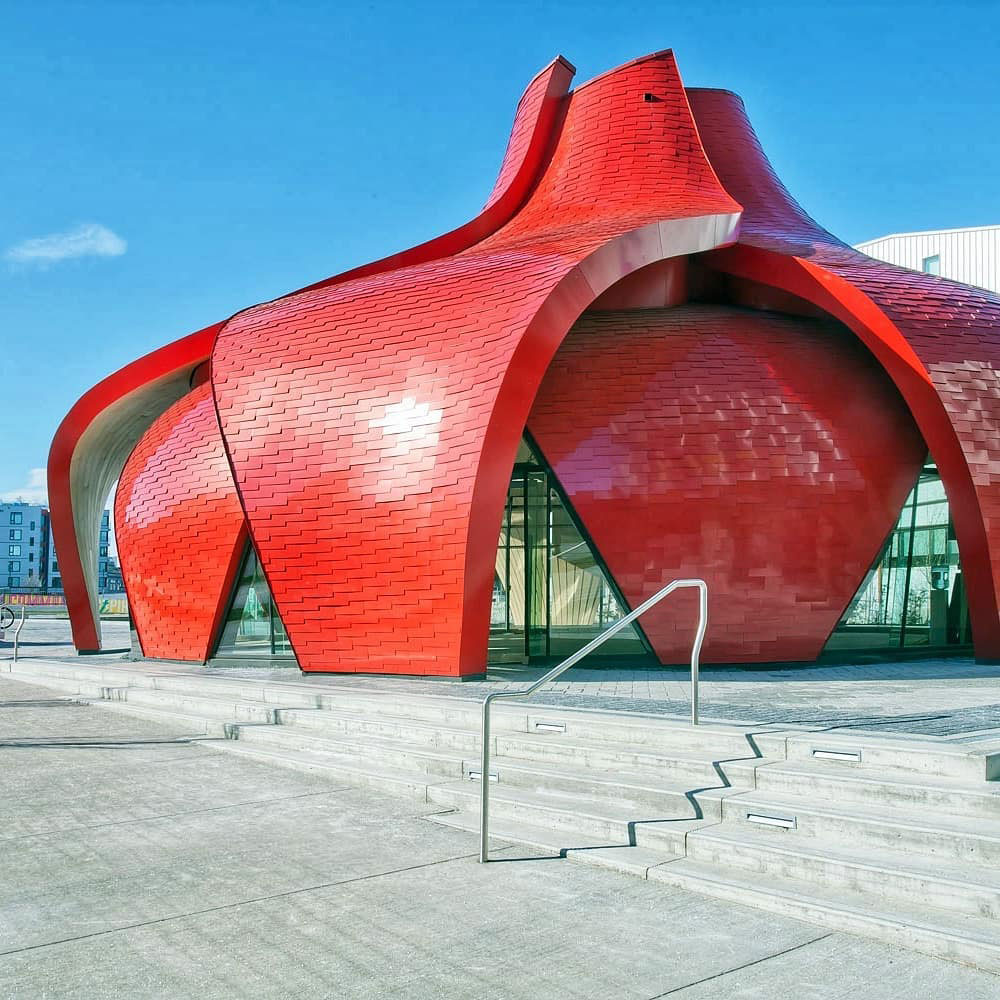
565 Great Northern Way Pavilion, Photography Keith Panel

The Linx, Photography CEI Materials
Seemingly less aggressive than reds, oranges offer calmness. Oranges are playful, friendly, and often bright. Designers generally use oranges to create soothing environments.

Tarjeta Naranja, Photography Gonzalo Viramonte
Similarly to orange, blues have a calming nature. As a primary color, blues are peaceful and reminiscent of powerful forces such as the ocean.

Huntingtower School, HARWYN Modular Pods

Brick and the Machine, Sean Costello Photography
Greens evoke the suggestion of sustainability. Like blues, they have a natural feel, reminding us of a lush landscape. However, while the brighter greens, such as neon, offer a more playful effect, they are lighthearted and cheerful.
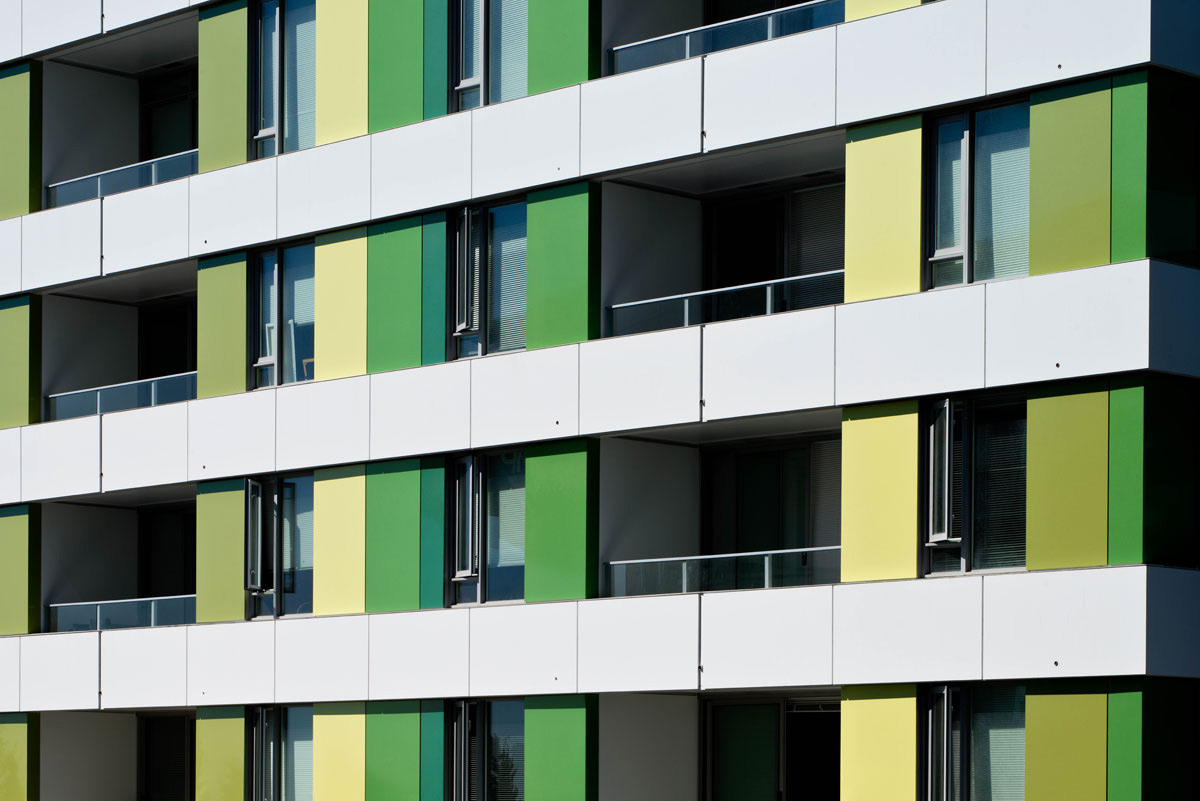
Marine Gateway, Mark Kempf Photography
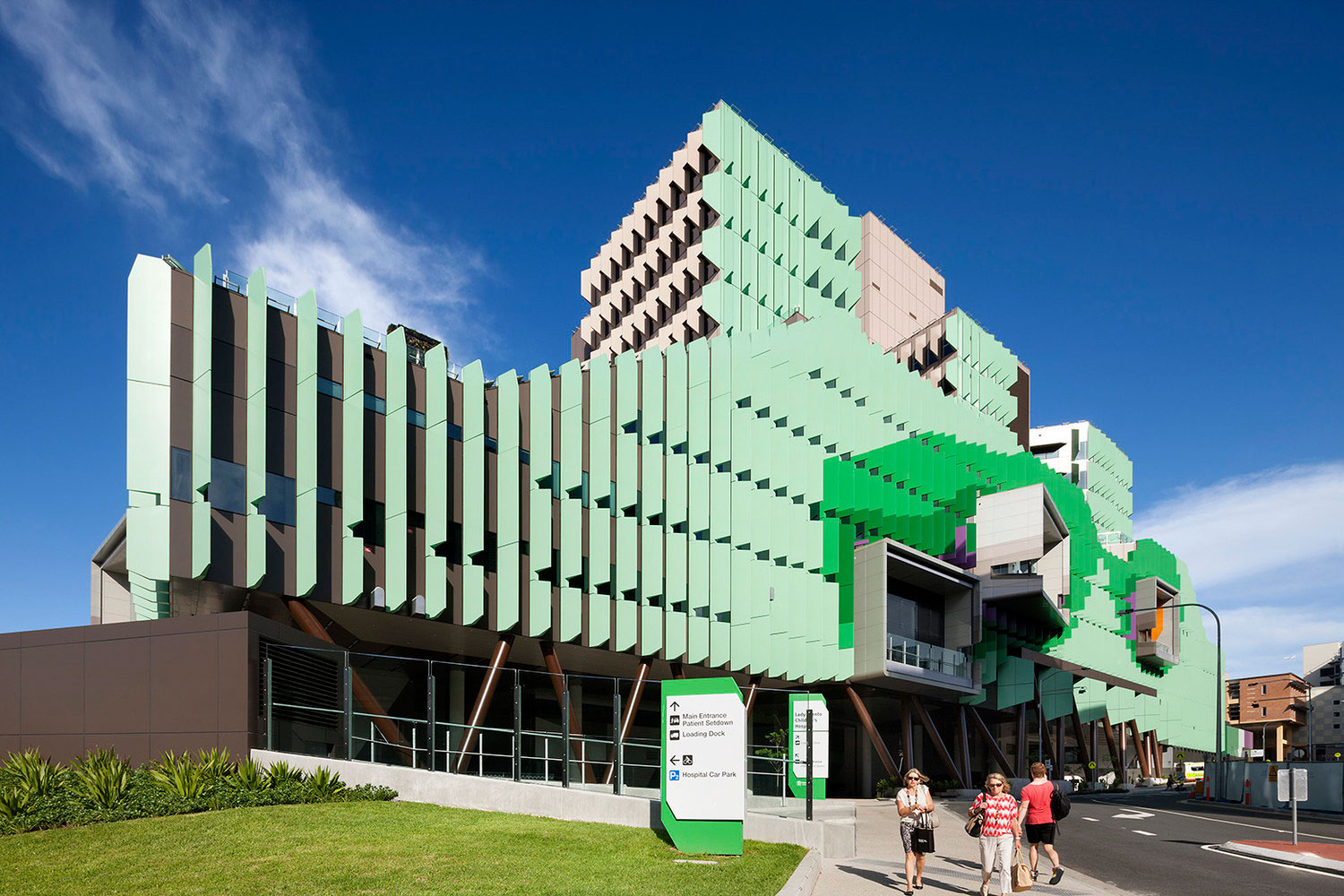
Lady Cilento Childrens Hospital, Photography Dianna Snape
Purple hues have a calmness, a relaxing quality. Yet, similarly to other bright hues, neon-based purples are exciting and whimsical.
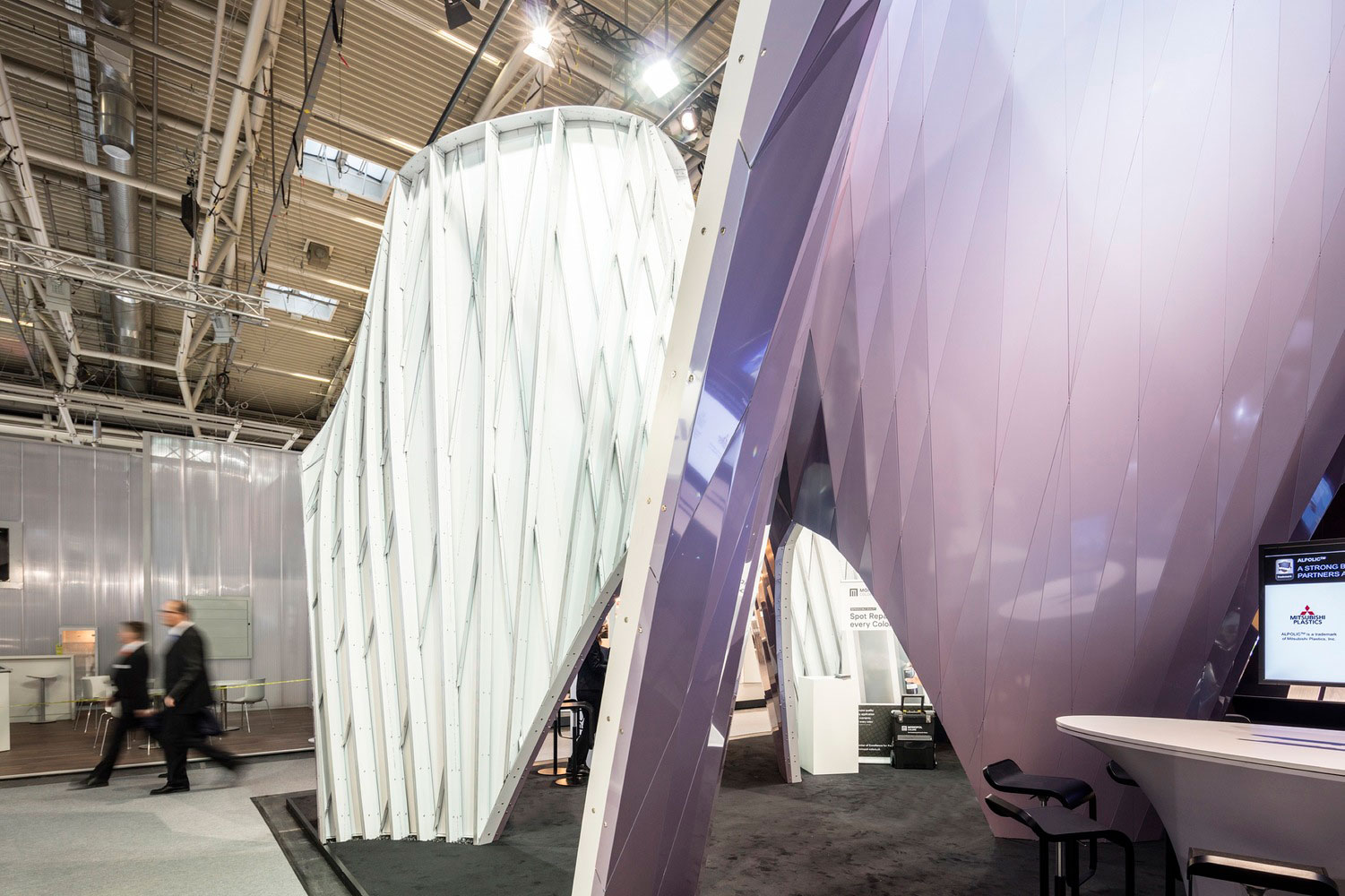
UNStudio’s BAU Germany Tradeshow Booth, Photography Laurian Ghinitoiu
Colors have an “emotive power,” impacting how individuals interact with designs. Colors can be soothing, playful, and exciting. Color assists designers in developing interactive façades that release powerful emotional responses.
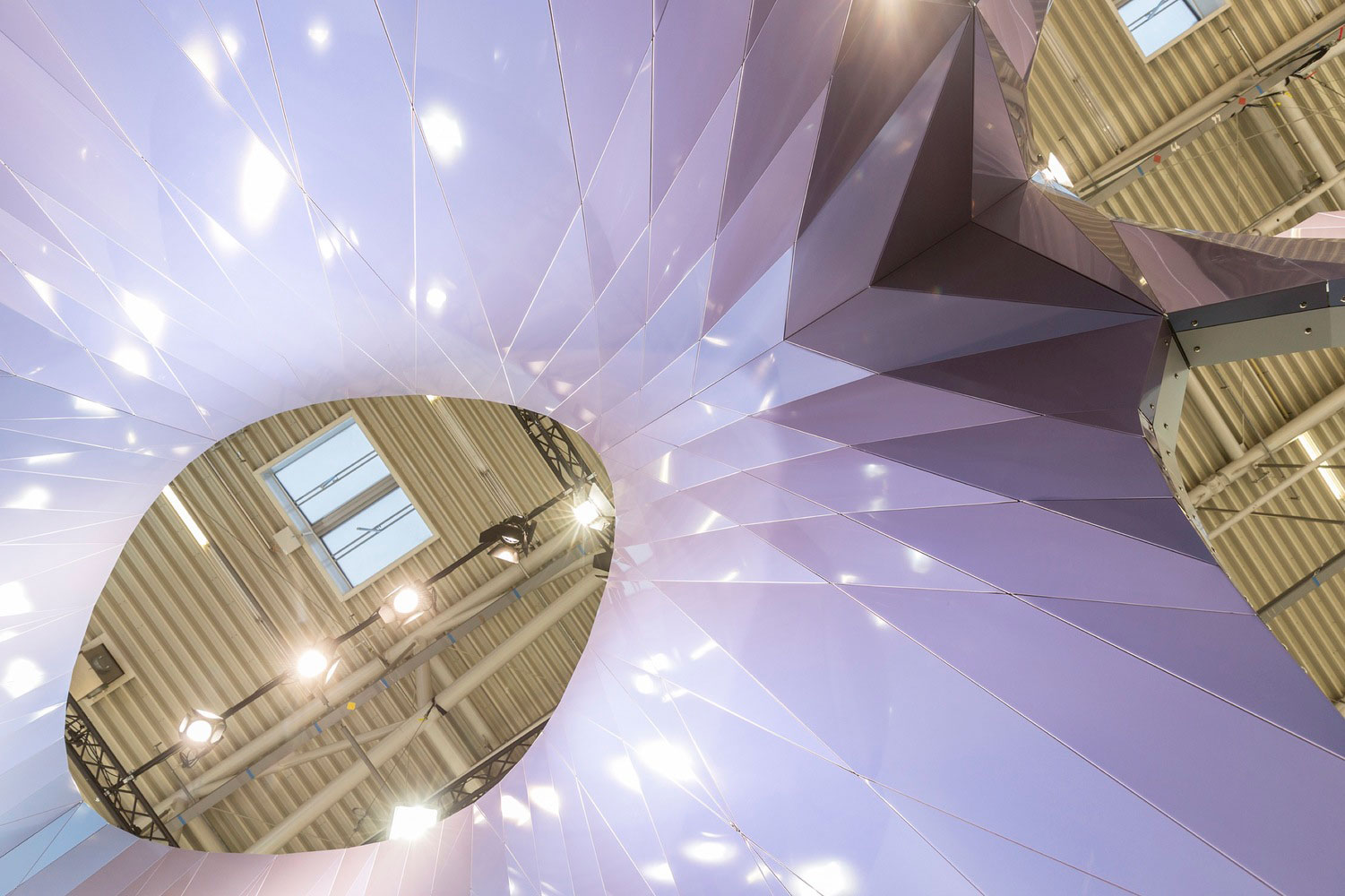
Categories Architecture